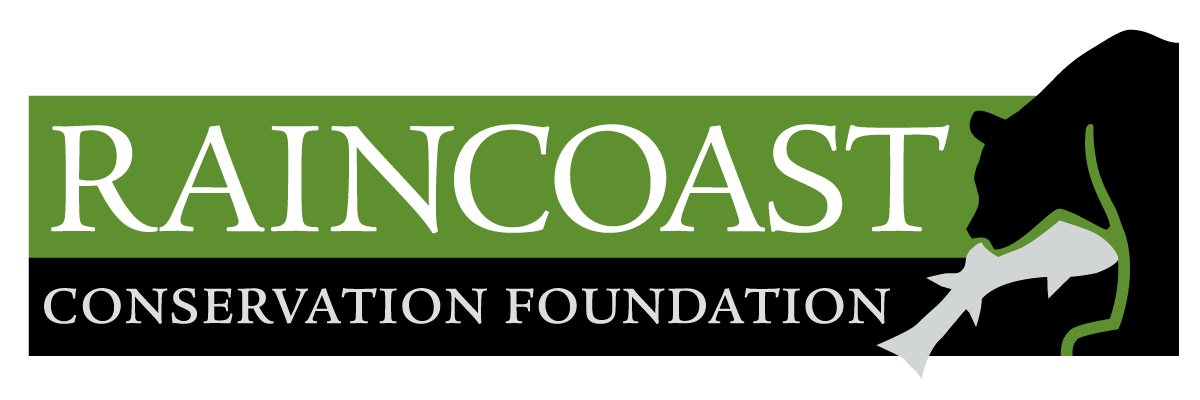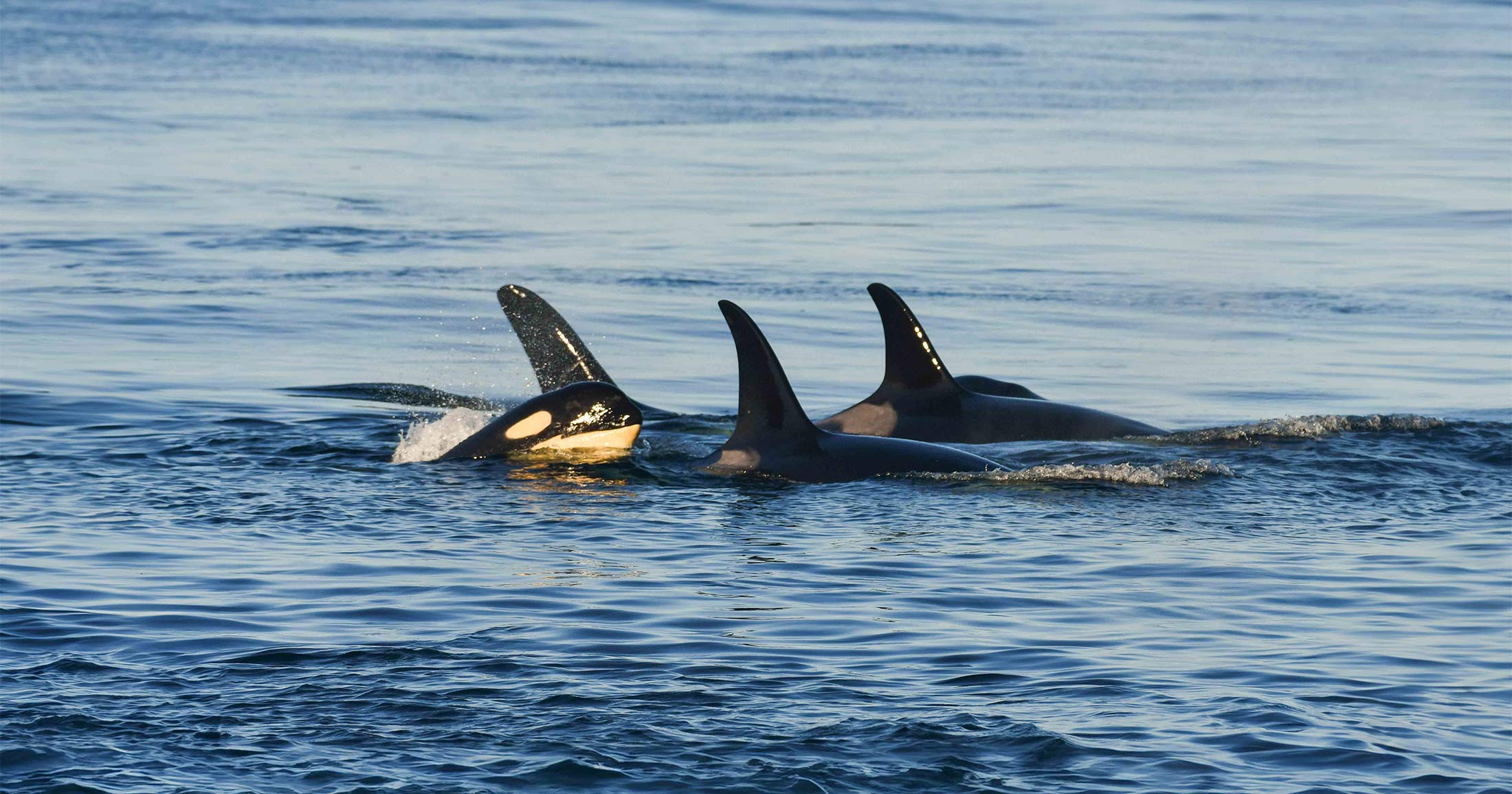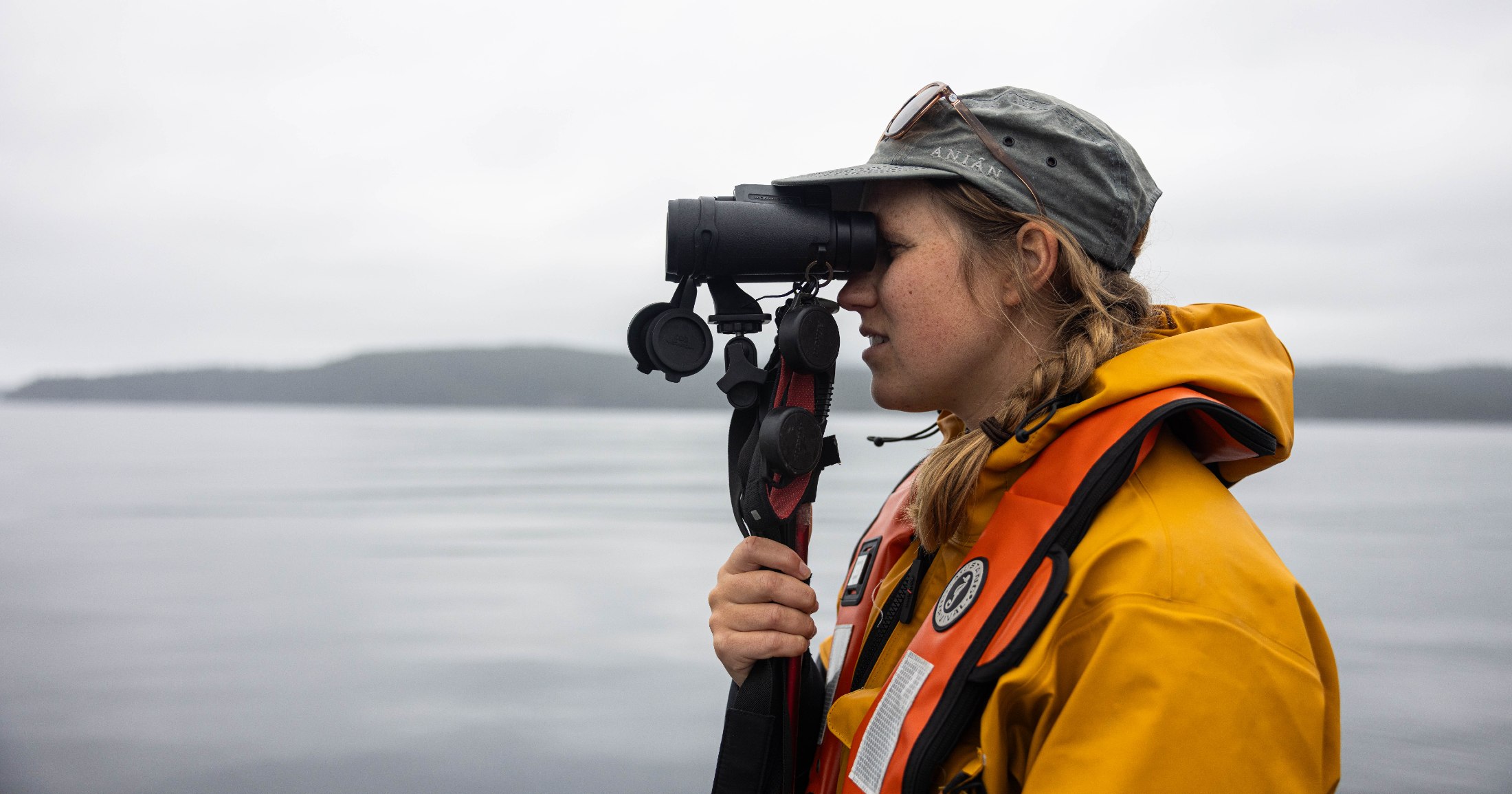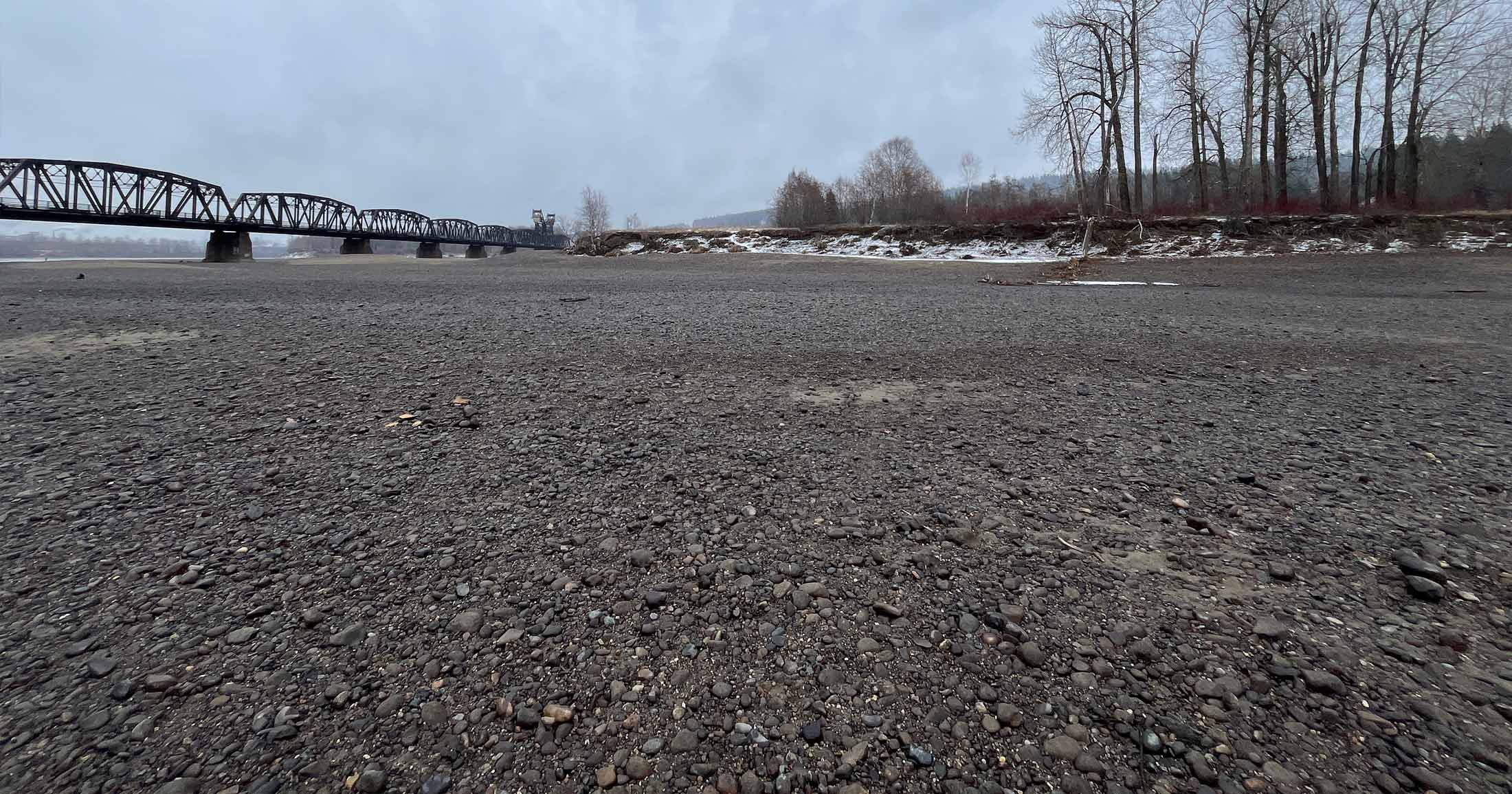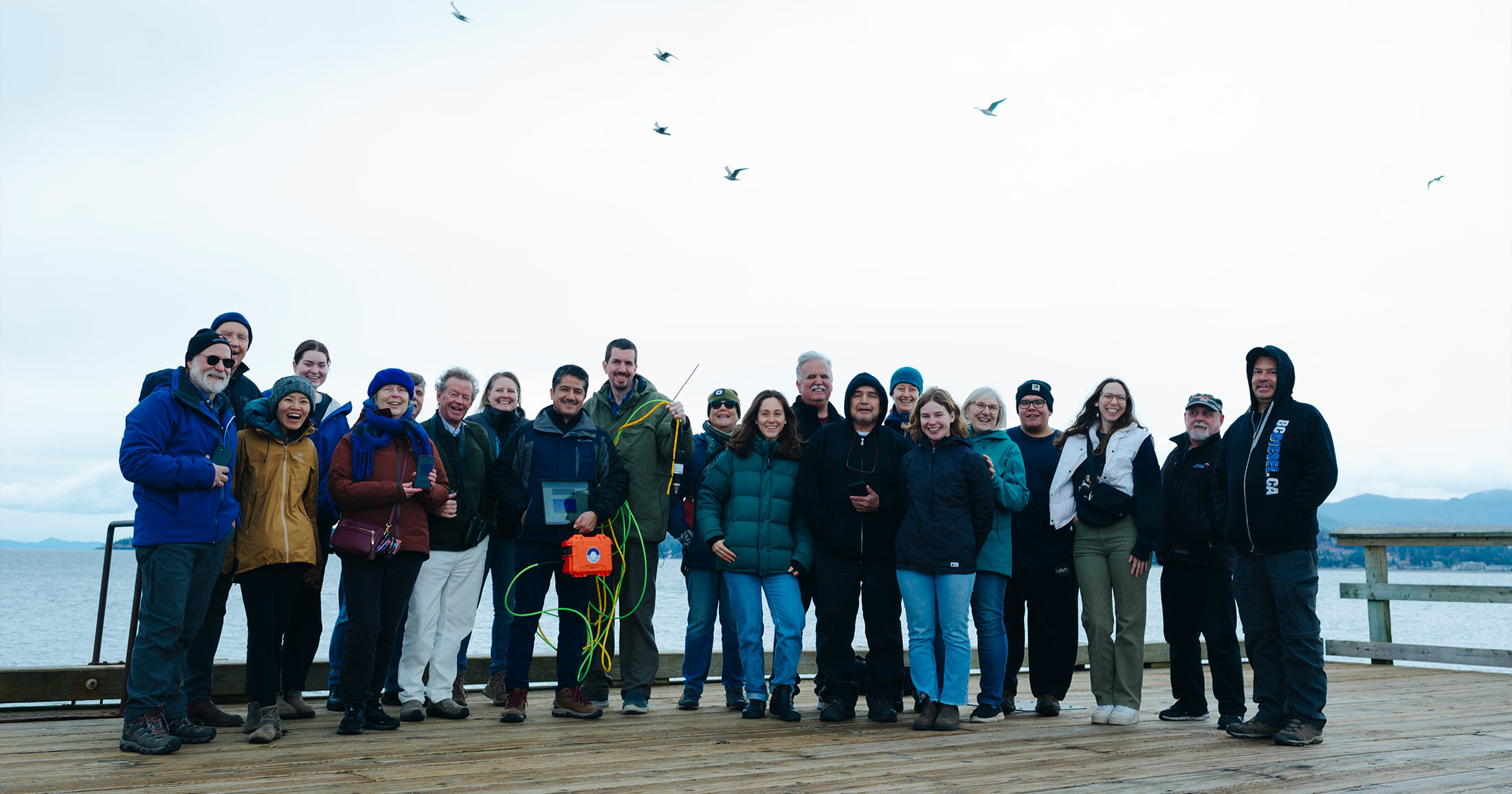First Nations combine science with legacy of conservation
Locals with a long history of traditional stewardship of resources are now conducting fisheries surveys to ensure sustainability
By Anne Casselman | August 9, 2011 | Scientific American
Editor’s note: This story is the final entry in a four-part series that Anne Casselman, a freelance writer and regular contributor to Scientific American, reported in early June during a rare opportunity to conduct field reporting on grizzly bears in Heiltsuk First Nation traditional territory in British Columbia. For more on her experience there, see this slide show, story and blog post.HEILTSUK TRADITIONAL TERRITORY, British Columbia—”Two sub-legal Manilas, 25 grams,” says Ed Carpenter as he watches the electric scale’s reading settle under the weight of the two clams. It’s midday at the Heiltsuk Integrated Resource Management Department (HIRMD) on the north end of the community of Bella Bella. Field researchers from Coastwatch, a science and environment nonprofit serving this coastal tribe of First Nation people, are sorting through the bounty of this morning’s clam surveys of Bachelor Bay and Odin Bay. The size and numbers of the clams they collect are submitted to the Fisheries and Oceans Canada, who will use these figures to determine the sustainable oyster catch for the year based on estimates of the clam population’s demographics.
For the Heiltsuk First Nation, science is proving to be one of the most powerful tools at their disposal as far as asserting their tradition of safeguarding natural resources for, as their elders put it, their “children yet to come.” “Our people have been stewarding these lands for 10,000 years and our people already know what it takes to manage our resources…but nowadays you need to have that science side of things,” explains William Housty, Coastwatch director.
To read the rest of this article, please visit the Scientific American website.
Support our mobile lab, Tracker!
Our new mobile lab will enable the Healthy Waters Program to deliver capacity, learning, and training to watershed-based communities. We need your support to convert the vehicle and equip it with lab instrumentation. This will allow us to deliver insight into pollutants of concern in local watersheds, and contribute to solution-oriented practices that protect and restore fish habitat.

